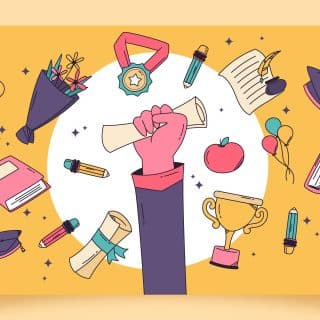
Digital Teaching
Welcome
The Digital Teaching Hub provides links to support and guidance related to key digital platforms which staff are using across Queen’s University.
Type and hit enter
The Digital Teaching Hub provides links to support and guidance related to key digital platforms which staff are using across Queen’s University.
Adding {{itemName}} to cart
Added {{itemName}} to cart